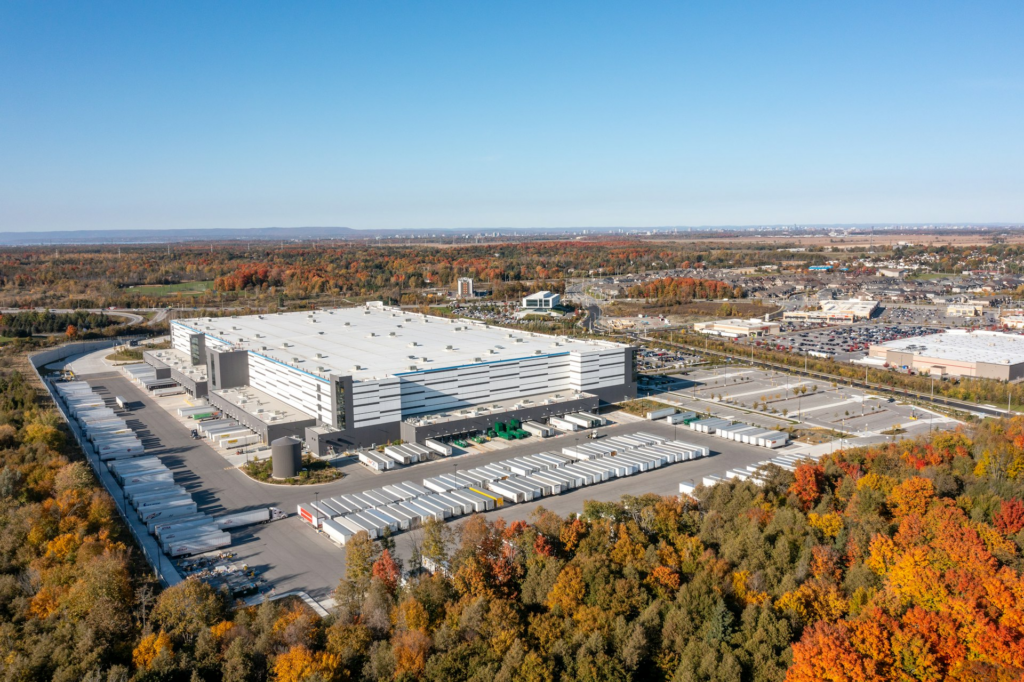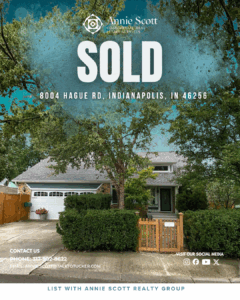
E-commerce isn’t just changing how people shop—it’s transforming the way we build, lease, and invest in commercial real estate. From the rise of last-mile warehouses to the reinvention of traditional retail centers, the digital economy is pushing Indiana’s commercial market into a new era.
Here’s what you need to know about the impact of e-commerce on commercial real estate—and how to position yourself wisely in this evolving landscape.
1. Industrial Space Is More Essential Than Ever
As online shopping grows, so does the need for:
- Fulfillment centers
- Distribution hubs
- Last-mile logistics facilities
In Indiana, the state’s central location, low cost of doing business, and strong infrastructure have made it a prime target for industrial growth.
Hot corridors include:
- I-70 East (Mount Comfort / Greenfield)
- I-65 North (Whitestown / Lebanon)
- I-65 South (Greenwood / Franklin)
These areas are ideal for e-commerce-driven logistics, offering proximity to major population centers with access to interstates, airports, and skilled labor.
2. Retail Is Not Dying—It’s Evolving
While some national retailers have downsized physical footprints, others are reinventing retail to meet digital demands. We’re seeing:
- Omnichannel models (in-store pickup, returns for online orders)
- Experiential retail (events, showrooms, brand activations)
- Smaller format stores optimized for convenience and digital integration
Successful shopping centers in Indiana are adapting by offering:
- Mixed-use environments with residential and office space
- Service-oriented tenants (gyms, salons, dining, clinics) that can’t be replaced by an app
- Flexible spaces for seasonal or pop-up concepts
In areas like Carmel, Fishers, and Noblesville, suburban retail remains strong when centers are updated and curated for today’s consumer.
3. The Rise of “Dark Stores” and Micro-Fulfillment Centers
Some retailers are transforming underperforming stores into:
- “Dark stores” — physical locations used exclusively for online order fulfillment
- Micro-fulfillment centers — compact logistics hubs in high-density areas
These models reduce delivery times and overhead, and they’re especially appealing in urban nodes or dense suburbs where land is limited but demand is high.
If you own a commercial property with adequate parking, access, and zoning flexibility, it may be well-positioned for e-commerce hybrid uses.
4. E-commerce Is Fueling Demand for Flex and Hybrid Space
The traditional lines between industrial and retail are blurring. Many e-commerce-related tenants need:
- Small warehouse bays with office/showroom space
- High-speed connectivity and loading docks
- Customer-facing entryways for pickup or service
These “flex spaces” are in high demand—especially in fast-growing corridors like Westfield, Avon, and Zionsville—offering lower barriers to entry for local businesses and online retailers expanding into physical distribution.
5. What This Means for Investors and Landowners
Whether you own a former retail strip or undeveloped land, the e-commerce wave presents clear opportunities if you adapt to the trend.
Strategies to consider:
- Reposition older retail properties for hybrid fulfillment or service uses
- Invest in industrial or flex properties near transit corridors
- Lease to e-commerce operators in need of smaller, well-located logistics spaces
- Partner with developers to bring last-mile facilities to underserved suburbs
The key is to look at your property through the lens of a digital economy: Can it serve goods faster, more efficiently, or more conveniently than competitors?
Final Thoughts
E-commerce is not just disrupting how consumers buy—it’s shaping the future of commercial real estate in Indiana. As logistics, retail, and flex uses converge, adaptable investors and owners will be best positioned for long-term success.
At Annie Scott Realty Group LLC, I work with buyers, sellers, and developers to seize the right opportunities in an e-commerce-driven market. Whether it’s identifying the next logistics corridor or repositioning a traditional retail asset, I’ll guide you with clear insight and local expertise.
Let’s talk about how your commercial strategy fits into the future of online commerce—right here in Indiana.
Photo Credit: Luxury Presence
Sources:
- CBRE – Industrial & Retail E-Commerce Reports
- ULI – Emerging Trends in Real Estate
- Indiana Economic Development Corporation – Logistics Growth Reports
- NAIOP – Trends in Last-Mile and Hybrid Space Demand


